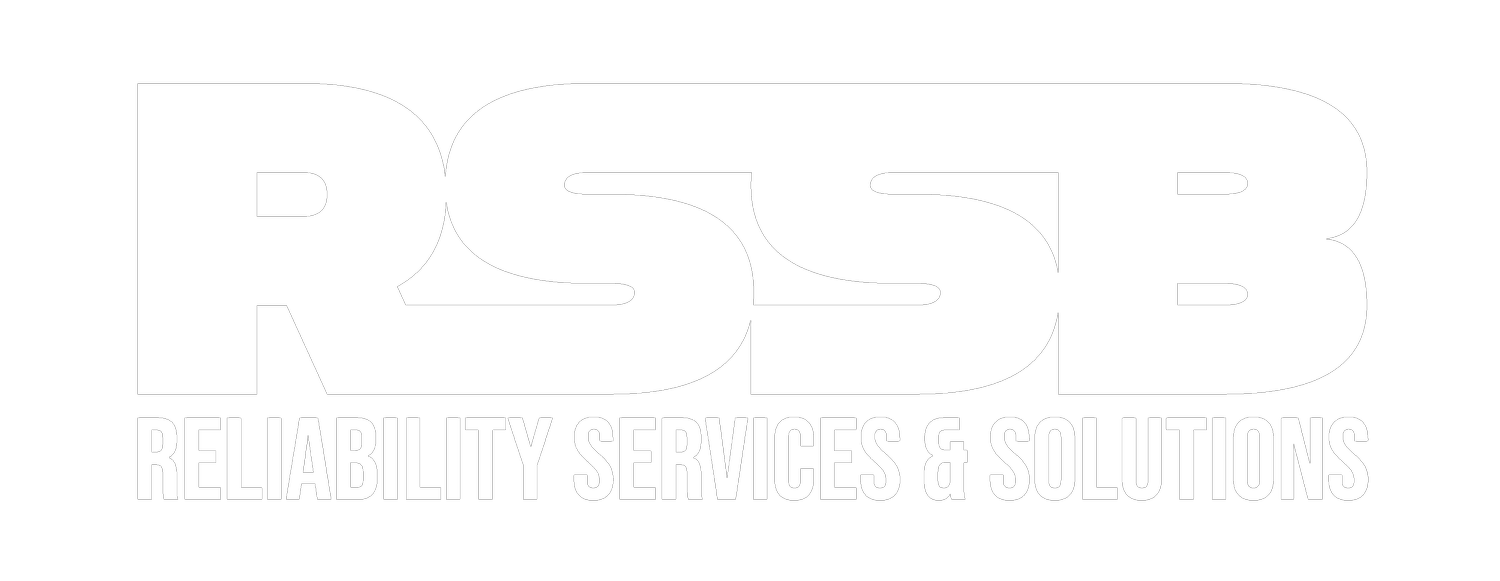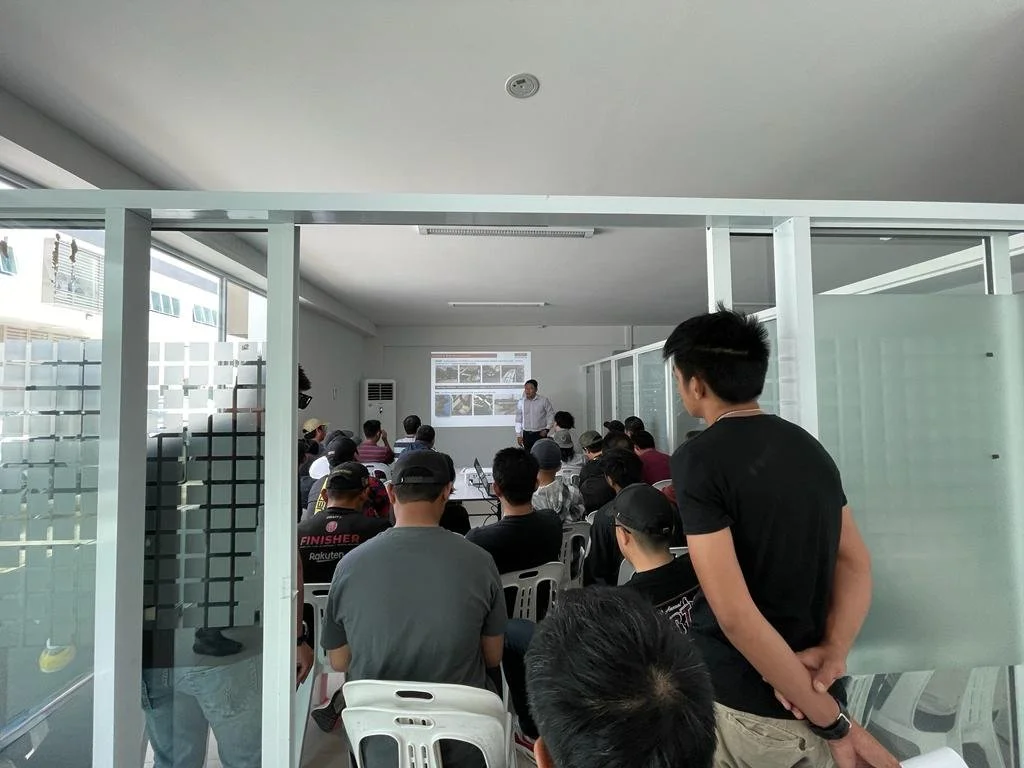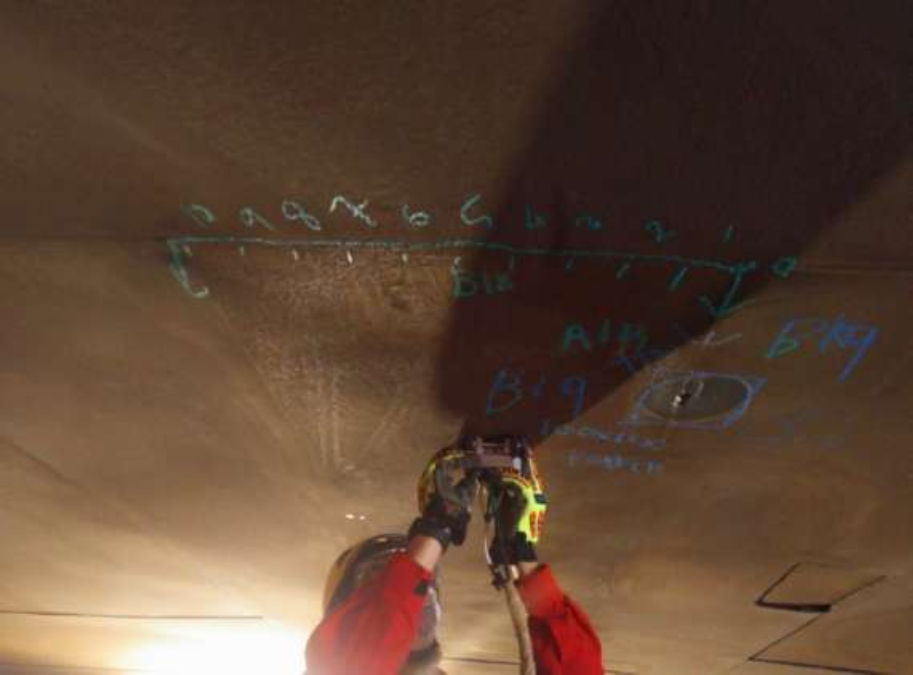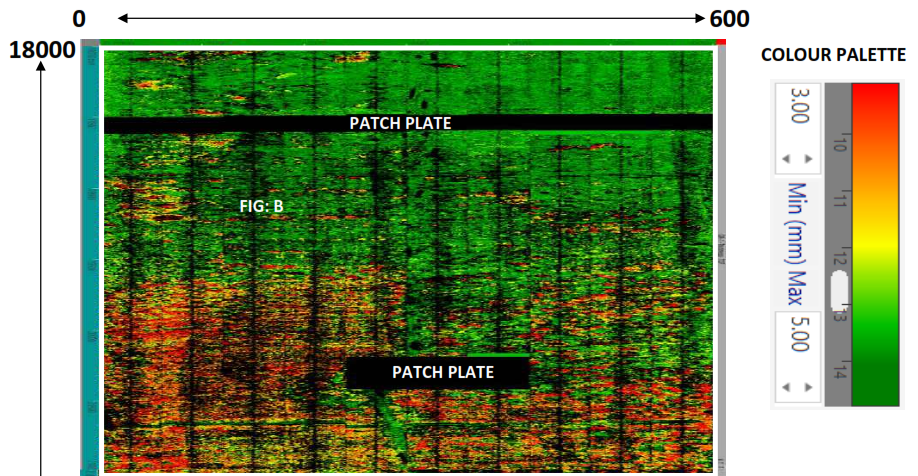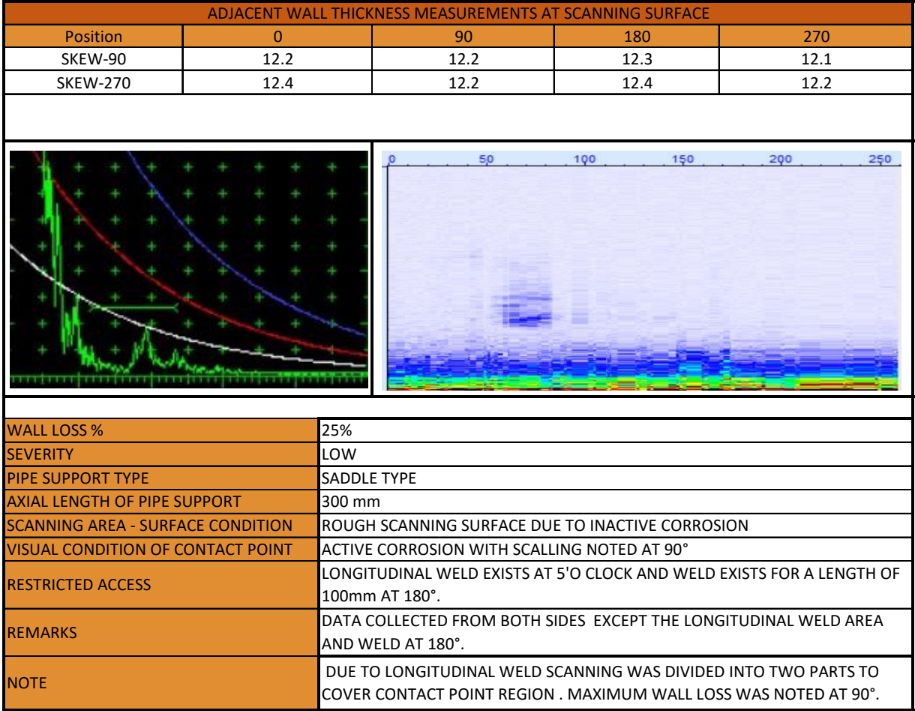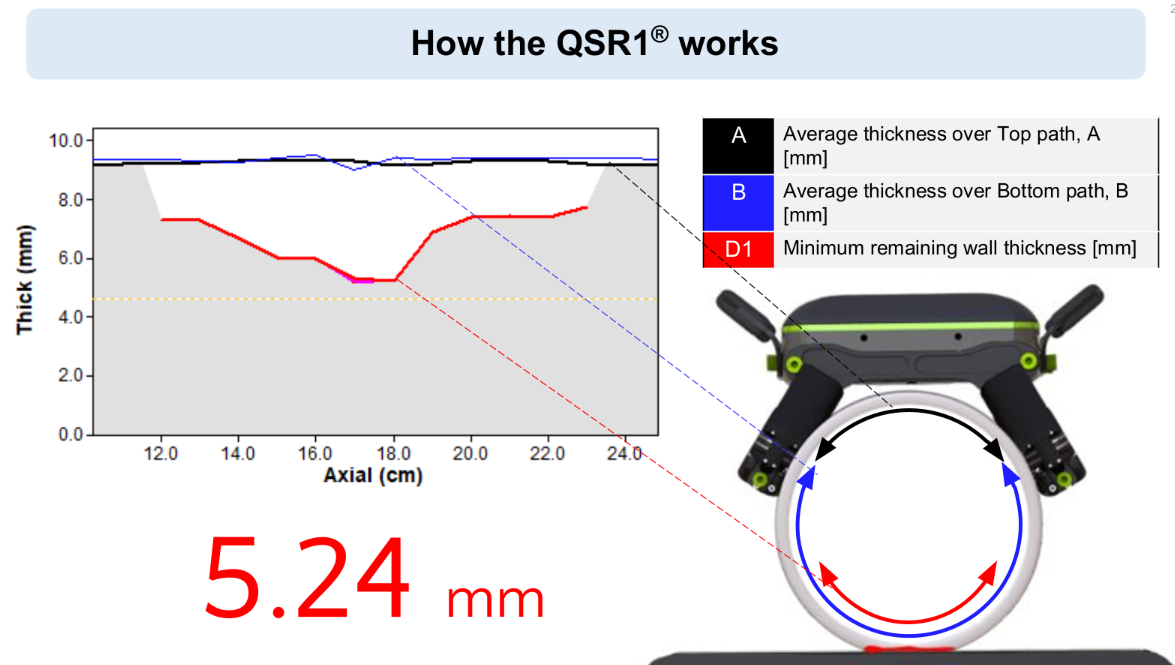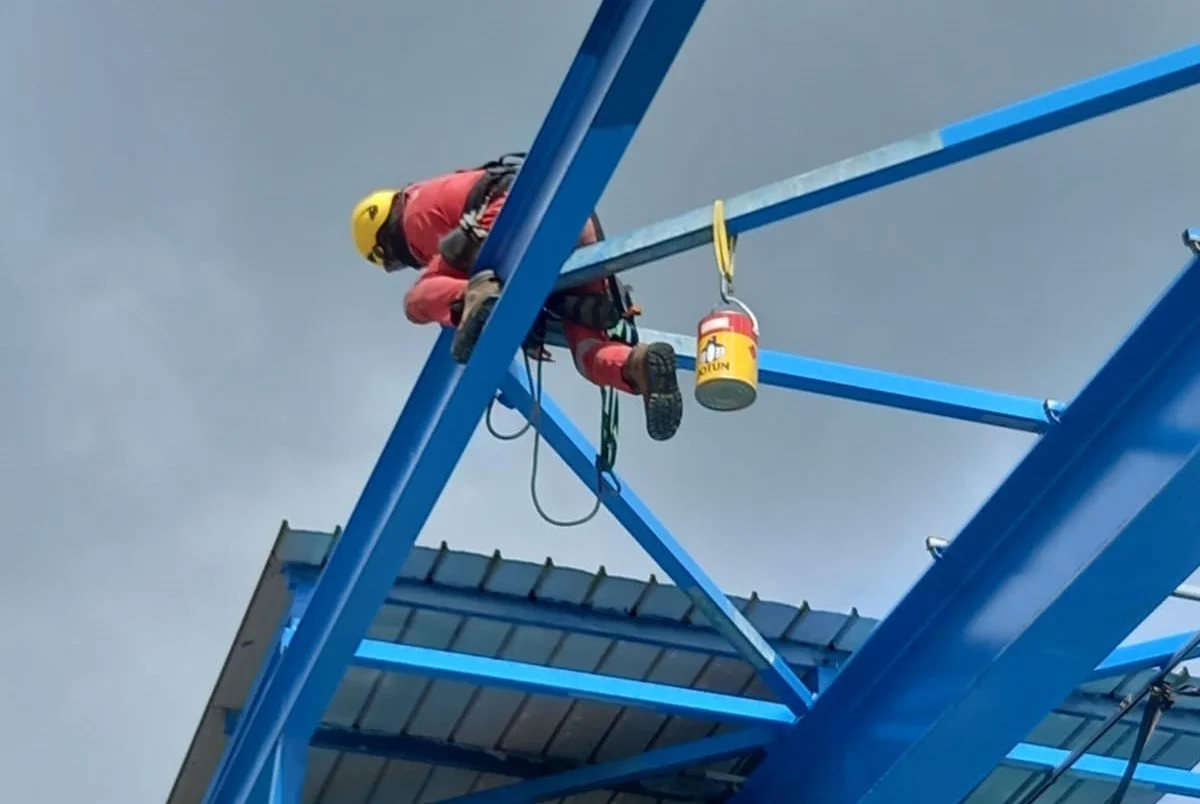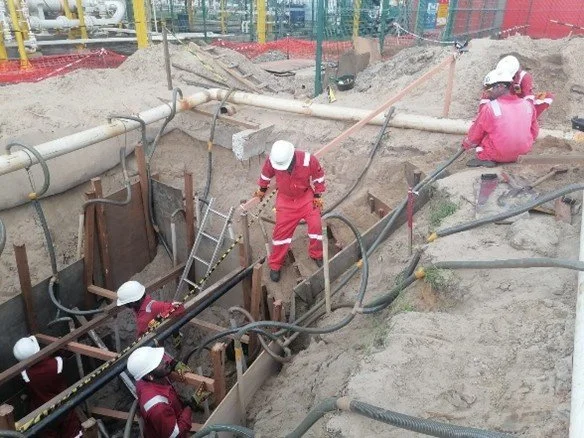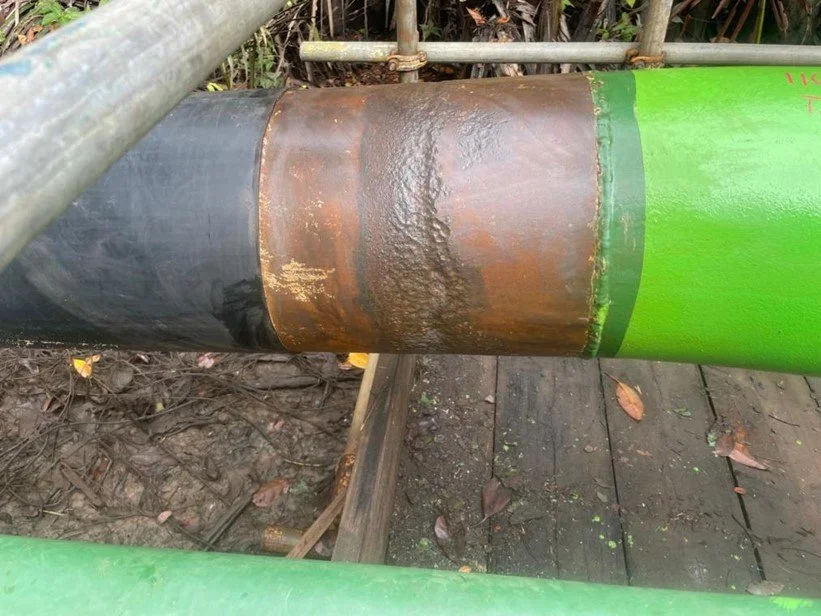What We Do
Detailed Service Descriptions: Provide in-depth explanations of the specific non-destructive testing methods offer. Reliability Services and Solutions specialize in Inspection, NDT and Consultancy Services to meet ....
* Industry Applications: Outline the industries you serve, such as oil and gas, construction, training centre, theme park, etc.
* Custom Solutions: Highlight ability to create tailored inspection programs depending on the client's specific needs.
Benefits of Non-Destructive Testing
* Efficiency: Explain how non-destructive testing helps businesses avoid downtime, reduce costs, and maintain operational efficiency.
* Safety: Emphasize how NDT is crucial for ensuring the safety and integrity of critical infrastructure and products.
* Cost-Effectiveness: Highlight the long-term cost savings from identifying issues early, preventing expensive repairs, and avoiding replacement costs.
* Environmental Impact: Discuss how non-destructive methods avoid the need for destructive testing or material wastage.
Inspection Process
* Technology: Showcase any specialized technology or advanced tools use for inspections, such as drones, robotic inspection systems, or Abseil support
Certifications and Partnerships
* Industry Certifications: Display relevant certifications like ISO, ASNT, API, or other NDT standards to build credibility.
* Partnerships: Highlight any strategic partnerships with manufacturers, regulators, or other technical experts that bolster credibility.
Social Proof and Trust Signals
* Client Logos: Display logos of past clients or industries serve to establish trust.
* Accreditations: Showcase any awards, recognitions, or accreditations from reputable organizations or agencies in the non-destructive testing field.
Conventional NDT Services
Visual Testing (VT)
The most basic NDT method, involving the direct inspection of a component using the naked eye or optical aids. It is often the first step before applying other NDT methods.
Ultrasonic Testing (UT)
Employs high-frequency sound waves to detect surface and subsurface discontinuities. It is widely used for inspecting pressure vessels, machinery, and bridges.
Eddy Current Testing (ET)
Eddy current testing uses electromagnetic induction to detect flaws in conductive materials. It is commonly used in aircraft maintenance and the inspection of thin-wall tubing.
Magnetic Particle Testing (MT)
Used to locate surface and near-surface discontinuities in ferromagnetic materials. It involves magnetizing the part and applying ferromagnetic particles to reveal defects.
Dye Penetrant Testing (PT)
Reveals surface discontinuities in solid and nonporous materials. A liquid penetrant is applied to the surface, which seeps into cracks and cavities, making them visible under ultraviolet or visible light.
Radiographic Testing (RT)
Uses X-rays or gamma rays to create images of the internal structure of a component. It is primarily used to inspect castings, weldments, and mechanical assemblies for internal defects.
Infrared Thermography (IRT)
Uses thermal imaging to detect heat patterns and anomalies in materials and components. It is widely used for electrical inspections, building diagnostics, and mechanical systems.
Harndess Testing (HT)
Hardness testing is a mechanical test that measures a material's resistance to deformation when a force is applied. It's a key part of quality control and R&D, and is used to determine a material's suitability for a specific application.
Positive Material Identification (PMI)
PMI excites the surface of an alloy with electrical stimulation, then analyzes the resulting light spectrum waves. Each segment of the spectrum indicates the presence of certain elements, and the intensities of these lines determine the percentage of each element in the material. PMI is used to ensure that the correct alloy is used for a given application. The wrong alloy can lead to premature corrosion or structural failure, which can be a serious safety hazard.
Advanced NDT Services
Phased Array Ultrasonic Testing (PAUT)
Phased Array Ultrasonic Testing (PAUT) is an advanced nondestructive examination technique that utilizes a set of ultrasonic testing (UT) probes made up of numerous small elements, each of which is pulsed individually with computer-calculated timing (“phasing”). When these elements are excited using different time delays, the beams can be steered at different angles, focused at different depths, or multiplexed over the length of a long array, creating the electronic movement of the beam.
Short Range Ultrasonic Testing (SRUT)
The Short Range Ultrasonic Testing (SRUT) is used to test for corrosion under pipe supports, corrosion at soil air interfaces, and similar difficult to access locations. It is also used to test annular plate of above ground storage tanks while the tank remains in service
QSR1 & Axial QSR
RSSB is the first in Brunei to provide GUL’s proprietary QSR® Scanning Technology, which is specifically designed to quantitatively measure the remaining wall thickness profiles of corroded areas under pipe supports – not easily accessible or hidden from direct access.
Other Services
Rope Access Services
Rope access to hard-to-reach area for to cover scope including inspection, painting, cleaning, repair, mechanical installation, etc.
The benifits of Rope Access includes fewer personnel required for the scope, quicker mobilization, minimal setup time and less equipments; which save cost as compared to the need for scaffolding.
Excavation Services
End to end inspection service with excavation up to 3m depth to locate pipe for inspection, Advanced NDT and coating scope. Managing and shoring pits with the help of dewatering pumps.
Coating Services
Removing of existing coating and surface preparation using Bristle Blaster®. Application of corrosion prevention coating inclusiding Holiday Testing to check the integrity of coatings prior to outer wrapping.
